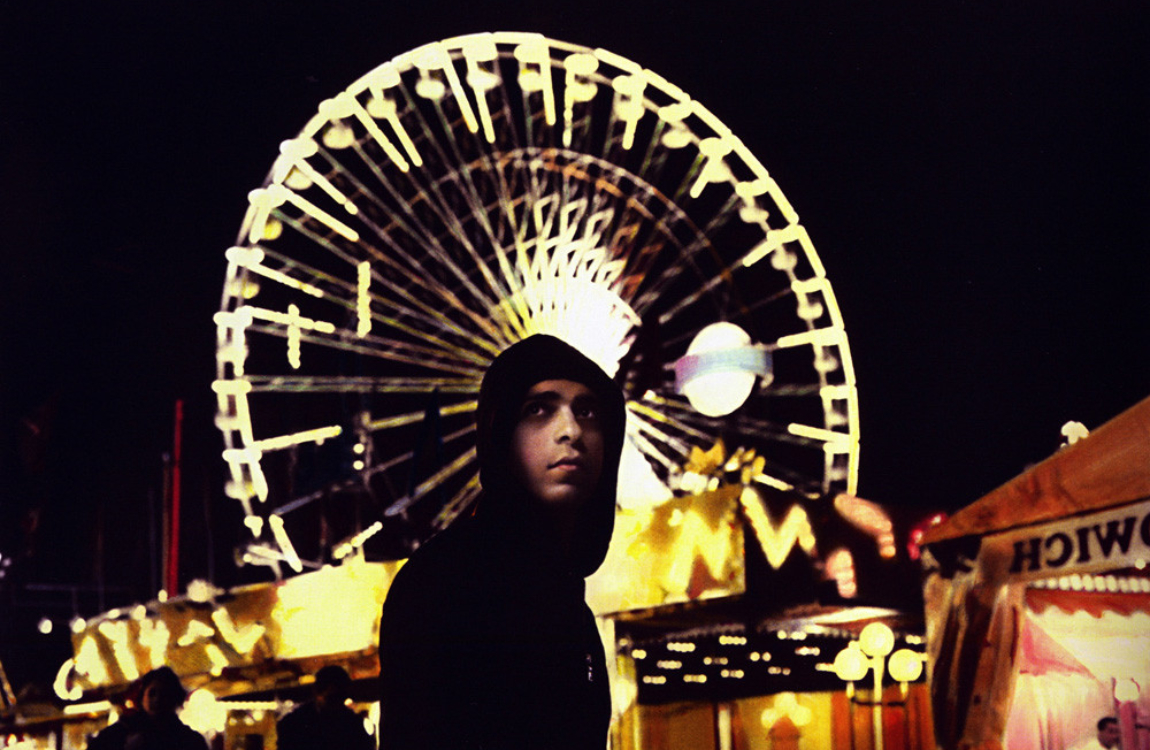Youssef Nabil, INCANTESIMI
Room 14
I like old Egyptian films because they remind me of what Egypt was like then and make me think about what it has become today. And I enjoy reading the credits as much as watching the film! From these you can see what a mixture of nationalities and religions existed in Egypt. They show the cultural richness of the country at that time, people loved each other more. You could read the name of a Muslim next to that of a Jew, a Greek next to an Armenian. Our society was very rich and more tolerant.
Youssef Nabil
His starting point is a land of great history, a lost history of which great traces remain, that of the ancient Egyptians, and a history, the Islamic one, which calls for a different model from that, by now successful, of the West: a context that in the end is marginal compared to the Great World, but central in its geo-political sphere, cosmopolitan in its religious and cultural racial multiplicity, shaded by orientalist nuances that are as seductive as ever. The fascination of cinema, like that of the great mythologies of our time, stardom, glamour, like the belief in the perpetuating power of the image, produce in his art a sense of nostalgia for that kind of world and existence that seems to be dizzyingly distant in space and time, to the point of appearing never to have been and never to be. In his art, experience is converted into a desirous longing, an arabesque dream, a memory destined to fade in time. It is precisely memory, then, that appears as a fundamental feature of all his work, a memory that seems to function like the coloured glass that filters light from windows or lamps in mosques and paints their interiors with a phantasmagorical unreality.
Pier Luigi Tazzi
Youssef Nabil was born in Cairo in 1972, to a Greek-Lebanese Christian father and a Muslim mother. As a Christian he converted to Islam at the age of 30. He studied French Literature at Ain Shams University, but his great passion for cinema drew him to photography at a very young age. Between 1993 and 1994 he worked with David La Chapelle in New York and between 1997 and 1998 with Mario Testino in Paris. In 2003 he left Cairo for Paris and currently lives and works in New York. His works have been exhibited in many museums and galleries: Notable venues include the British Museum in London, the Centro de la Imagen in Mexico City, the North Carolina Museum of Art, the Baltic Centre for Contemporary Art in Newcastle, the Leme Gallery in São Paulo, Brazil, FotoFest in Houston, Texas, the Centre de Cultura Contemporanea in Barcelona, the Istitut du Monde Arabe in Paris, the Kunstmuseum in Bonn, the Centro Andaluz de Arte Contemporaneo in Seville, the Aperture Foundation in New York and the 53rd Biennale di Venezia. He had three solo exhibitions in Cairo in 1999, 2001 and 2005. In 2005 and 2007 he had two exhibitions at the Third Line Gallery in Dubai. In 2007 and 2008 he exhibited at the Michael Stevenson Gallery in Cape Town, South Africa. In 2009 he had five solo exhibitions: in Rome at Villa Medici, in Florence at Galleria Poggiali e Forconi, in Berlin at Volker Diehl Gallery, in Dubai at The Third Line Gallery and in Atlanta at the Savannah College of Art and Design.
Posted on: 29 November 2021, by : Alessandro Ulleri







